Editor’s Note: To say that the U.S. healthcare industry is “complex” is an understatement. From frequently changing health plans (each with their own providers, formularies and coverage regulations that are under constant change) to federal and state regulation changes, cost-cutting and risk-shifting in the healthcare industry affects us all.
For individuals requiring disposable medical supplies and durable medical equipment, the struggle is even more complex. Not only must you navigate a constantly changing healthcare landscape, but far too often you’re also fighting with providers and insurance carriers just to receive the supplies that you or your loved ones need to live.
At Shield HealthCare, we navigate the system with you and on your behalf, so that you do not face this struggle alone. Below is a story that is far too common about the challenges Californians face to receive much-needed medical equipment.
Original article by Claudia Boyd-Barrett | California Health Report | Feb 3, 2020
Bev Baker-Ajene of Clovis could really use a portable lift to help get her daughter, Savitri, in and out of their family van.
Sivitri, 19, has severe cerebral palsy and is confined to a wheelchair. For years, Baker-Ajene has lifted her in and out of the van herself. That was fine when Sivitri was a small child. Now, Sivitri weighs 115 pounds, and lifting her has strained Baker-Ajene’s body to the point that she needs hip replacement surgery.
But Baker-Ajene said she doesn’t have the time or energy to try to get the lift she needs from California Children’s Services, the program that administers medical equipment for children with disabling health conditions. To do that, she would have to get a detailed recommendation from a specialist, submit a stack of paperwork, and be prepared to potentially navigate a months-long process of additional document requests, denial letters, and ultimately have to apply again through a different agency. Meanwhile, she has her daughter to care for.

“Anytime you have to get something, you’ve got to go through so much justification and verification, as if I’m trying to defraud somebody to get a piece of equipment for a child with documented medical needs. … It’s really kind of insulting,” Baker-Ajene said. “It’s too tiring, and it shouldn’t be, with all the other burdens that we have as parents of children with special needs.”
Baker-Ajene isn’t alone. A recent report by the National Health Law program describes a maze of requirements that families of the approximately 200,000 children with disabling health conditions enrolled in Children’s Services must go through to obtain medical equipment through the program. The requirements vary depending on what county families live in, whether the child is enrolled in Medi-Cal or has private health insurance, and what other entities—such as schools—might be available to provide the equipment. The equipment can include lifts, wheelchairs, walkers, ventilators and hospital beds.
The byzantine system creates a disparity where children from families without the means to pay for the equipment out of pocket often must go without it for months or years, limiting their interactions with their community or setting them up for poorer health outcomes compared to their wealthier peers.
In many cases, California’s policies and procedures for administering medical equipment and supplies through the Children’s Services program simply aren’t clear, adding to the confusion, the report found. And information available to the public about the program is often outdated.
“It’s pretty complicated,” said Alicia Emanuel, a staff attorney with the National Health Law program. She worked for a year with two other attorneys to understand the program and write the report, which is intended to help legal advocates advise families that are trying to access medical equipment. The 21-page report details the numerous steps families or their advocates must go through to get, for example, a wheelchair or walker for a child.
“I think that the gaps in the state guidance make it very difficult for families of children on the CCS (California Children’s Services) program to obtain the durable medical equipment that they’re entitled to,” she said. “It should be underscored that these are children with complex medical conditions like sickle cell disease, cystic fibrosis and cancer, and it’s an undue burden to create a system that’s difficult to navigate for these kids.”
The complexity can mean families have to wait months to get the equipment they need for their children—or that they never get it at all. In fact, a 2018 report by the Lucile Packard Foundation for Children’s Health found that some children languished more than a year before getting medical equipment. For some children, the prolonged waits caused their health conditions to worsen, and resulted in physical and emotional pain, the report found.
Not much seems to have changed since then, said Ali Barclay, family engagement manager at Family Voices of California, a statewide collaborative of parent-run centers that care for children with special health care needs. Low reimbursement rates for medical equipment may be contributing to the problem, she said.
Durable medical equipment “access is still a huge issue for many California families,” Barclay wrote in an email. “When children are unable to access equipment that is crucial to their development, they are being denied the opportunity that their typically developing peers have to participate and engage in their communities to their fullest potential.”
California’s Department of Health Care Services, which oversees the Children’s Services program, did not respond to requests for comment by the publication deadline.
Some families aren’t able to obtain medical equipment at all through Children’s Services. Yuki Baba of Berkeley said she battled for years to get orthopedic equipment through the program for her 12-year-old son, Nate, who doctors have diagnosed with cerebral palsy. He’s confined to a wheelchair, cannot sit up on his own, and wears a torso brace to support his spine.
Baba has tried to get a hospital bed, wheelchair ramp and other equipment through Children’s Services. But the agency denies her requests because it says Nate’s specific type of cerebral palsy doesn’t fit within its own narrow definition of the disease. Baba and her husband, Peter, have had to find other ways to get the equipment, either through Nate’s Medi-Cal health insurance, the local Regional Center, or by paying for it out of pocket, she said. The process takes a lot of time and is unduly complicated, Baba said.
She said she feels especially bad for families who are new to the Children’s Services system, and those who have limited English language proficiency.
“There are some kids who really should be qualified for medical equipment (through Children’s Services) and they’re falling through the cracks,” she said. The Children’s Services definition of cerebral palsy “is not right, so I want the state to change that to a more reasonable definition.”
Emanuel and her colleagues are now working on recommendations for reforming the Children’s Services program so that families can more easily obtain medical equipment for their kids. So far, Emanuel said they’ve identified a clear need for updated guidance, and better state oversight of the program.
“This is a very vulnerable population,” she said. “If children don’t have access to the durable medical equipment and supplies that they need, that can really hinder their development.”
The California Health Report receives funding from the Lucile Packard Foundation for Children’s Health, but remains editorially independent.
Read the original article on California Health Report.
- Family Budgeting: Three Freebies You May Not Know About
- When I learned to Become a Parent Advocate
- This is Why We Need to See More Disability in Literature
- For These Special Needs Bus Drivers, It’s Not Just a Job
- You Are NOT Alone – Parents of Children with Special Needs Suffering from PTSD
- PTSD in Parents of Children with Special Needs: How I Deal






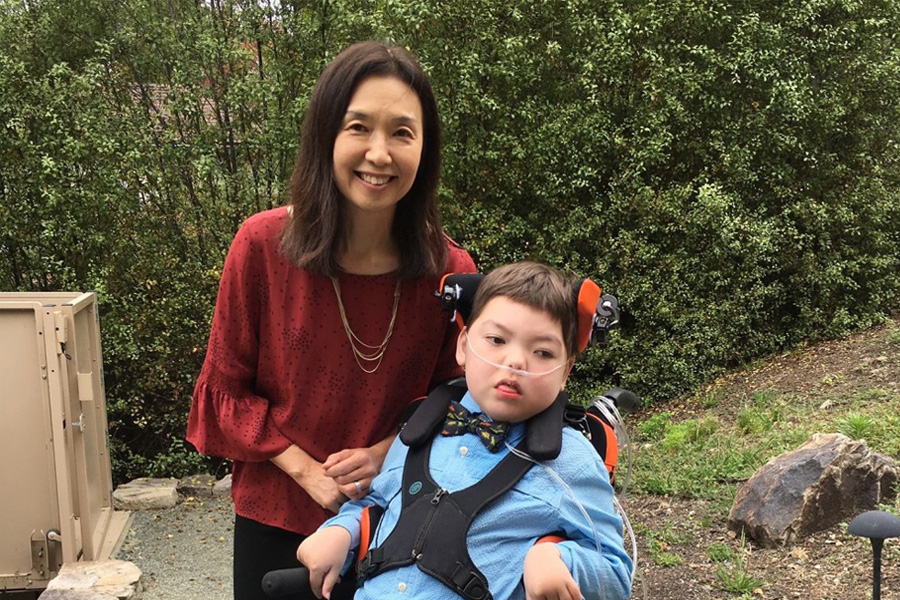


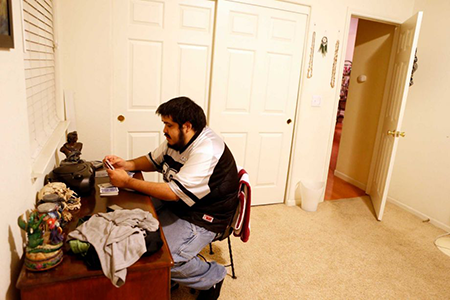
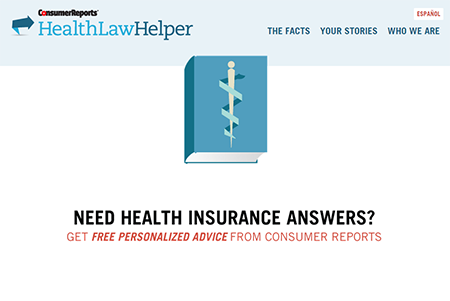





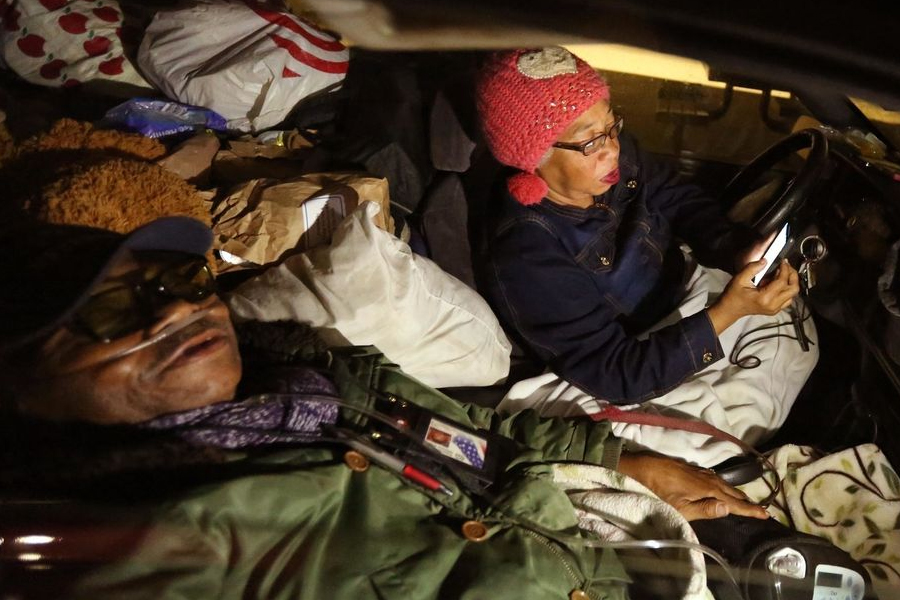

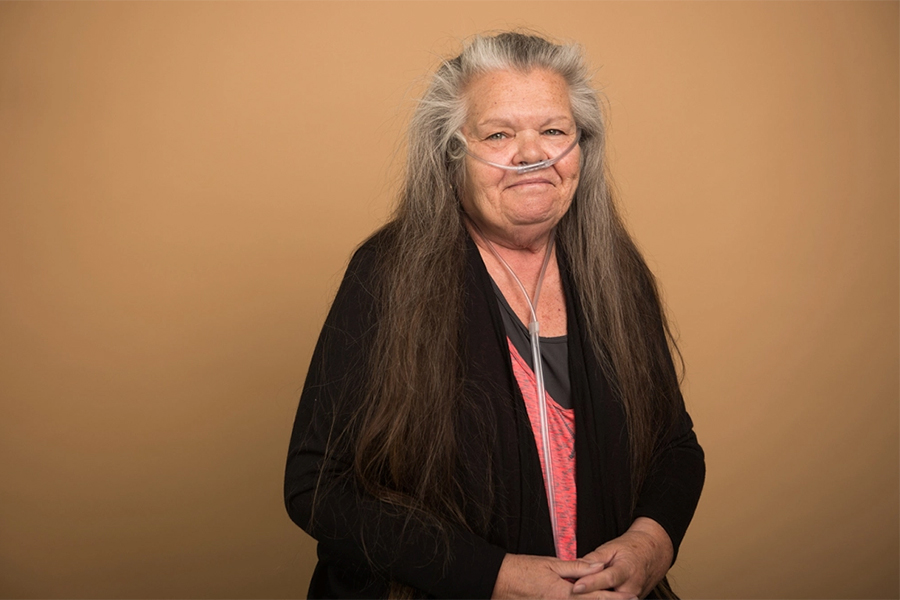


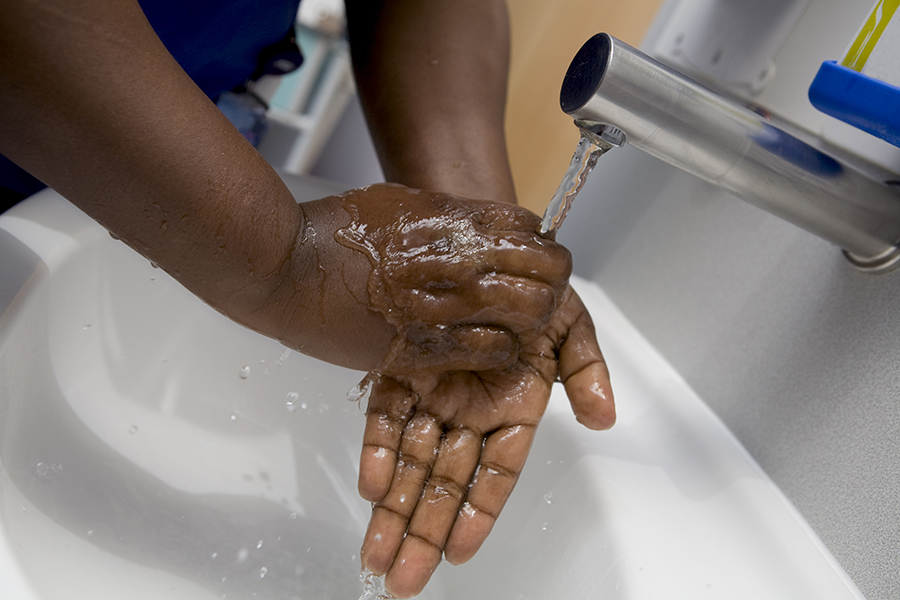
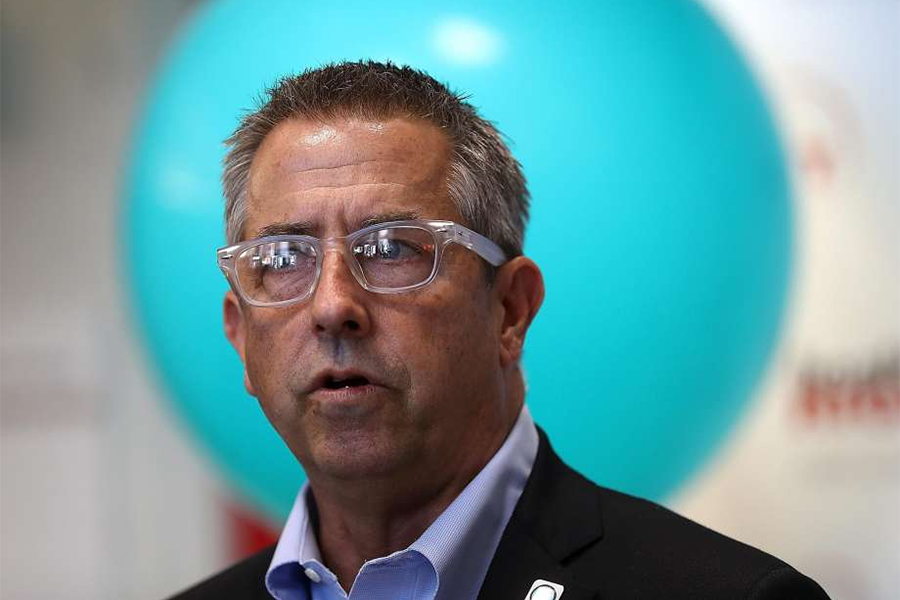
Good evening, the article is correct, and the changes are continuing. Health insurance. We hope that health insurance companies will provide services more favorably. Thank you.
Your article is so correct. It is beyond reasonable to get supplies even for the most severely disabled. Not getting the amount of needed supplies leaves caregivers stranded to provide good quality of care. Which leads to illness and hospital stays which in my times could of been avoided if the necessary supplies could be received. Helping caregivers give better care and keeping loved ones out of the hospital seems like it would be more cost effective but no it doesn’t work that way. I have been taking care of serverely impaired for over 25 years and the changes are making it harder and harder to provide quality of care. I know people who are giving up and sending loved ones to facilities because they can’t get what they need to give proper care. How is that cost effective. Someone help us the caregivers help care for the impaired loved ones.